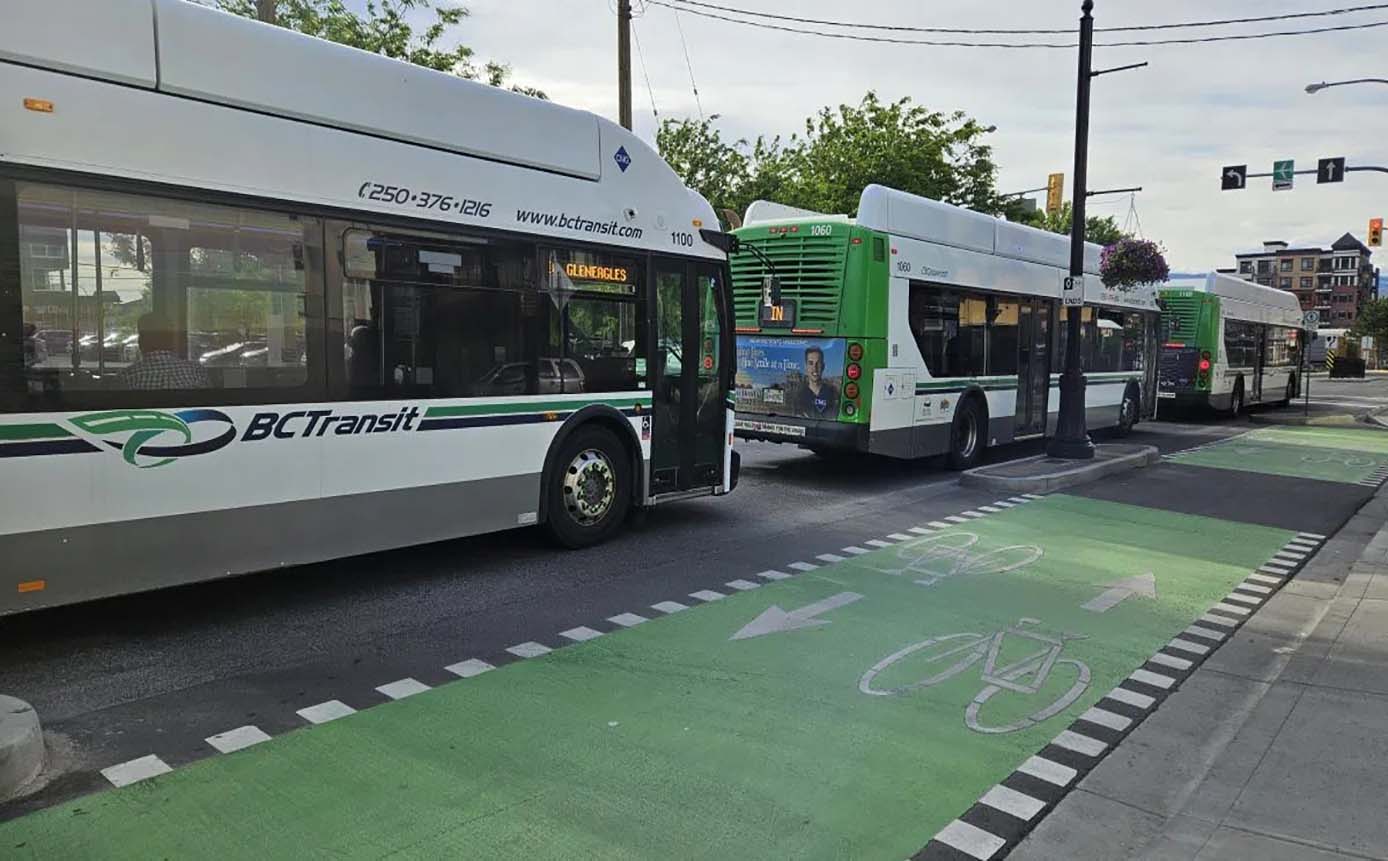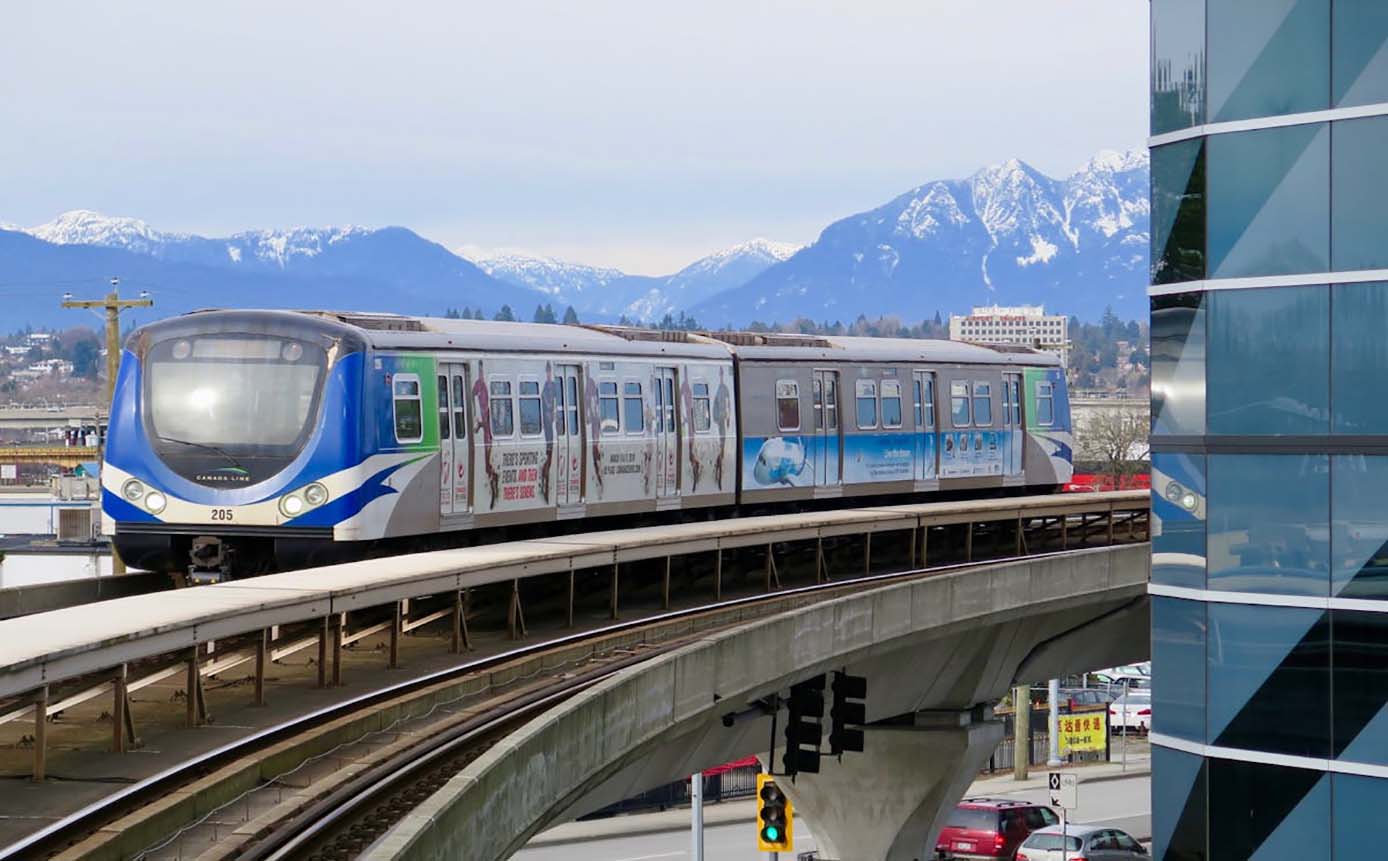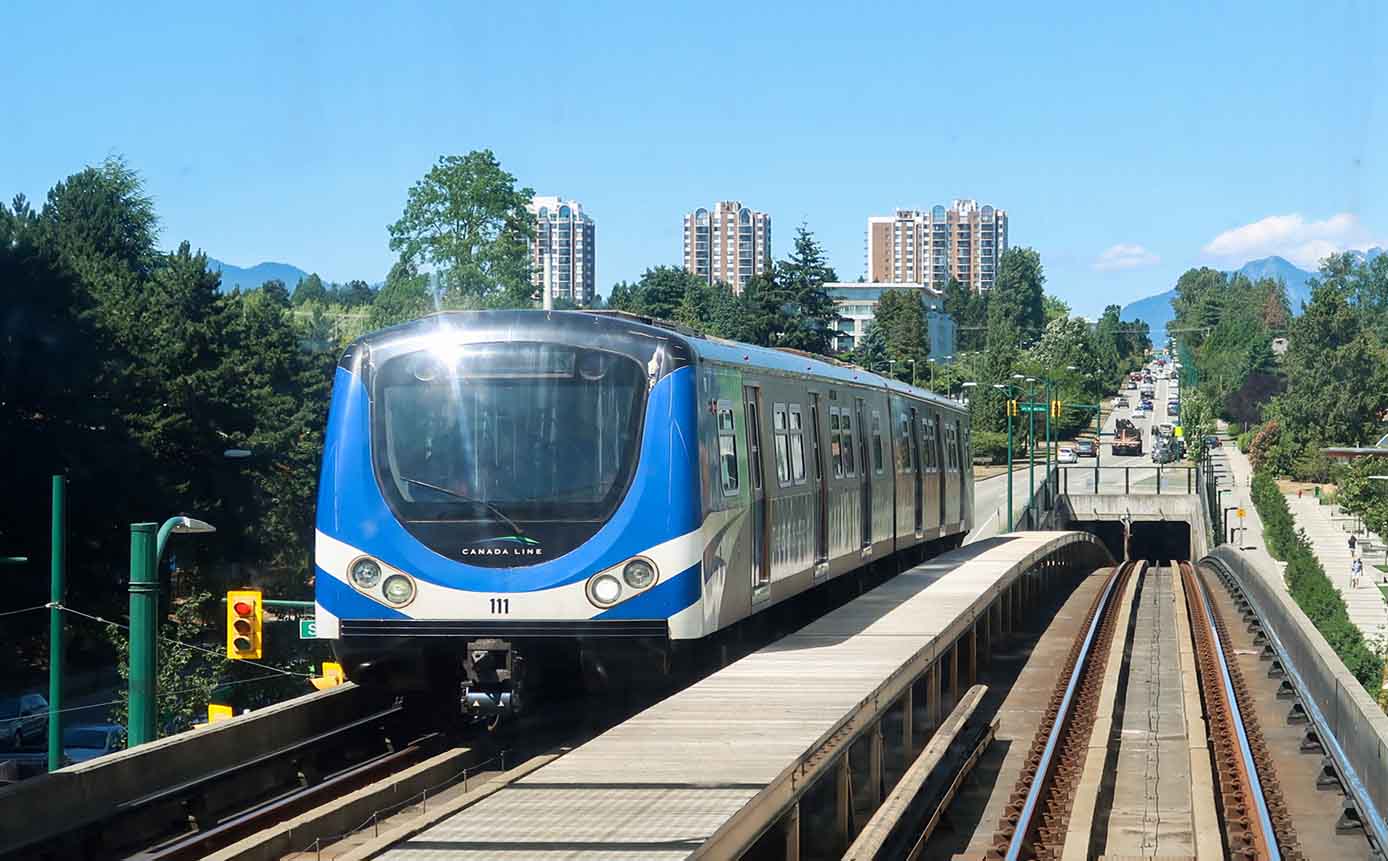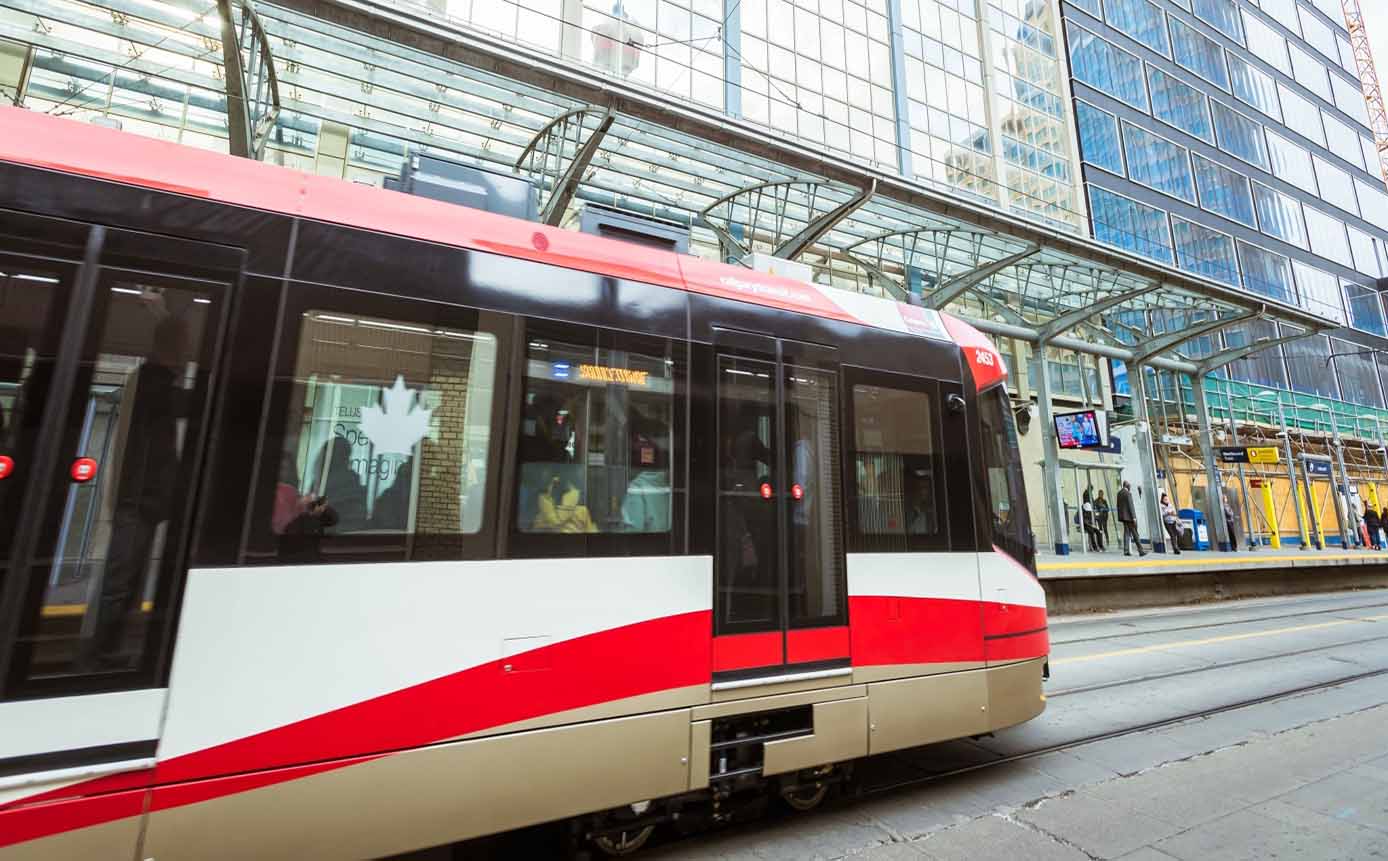When I think of Kamloops, my first images are always of the wide skies, the rolling Thompson Valley hills, and the surprising mix of urban charm and wild beauty. But there’s another side to this city that has shaped my travels here in meaningful ways: the way I move around. Over time, I’ve discovered that shared transportation tools—ride-hailing, car shares, e-scooters, and bikes—aren’t just practical, they’re part of the Kamloops experience itself.
In this guide, I’ll share everything I know about Kamloops’ shared transportation scene. From the little joys of riding an e-scooter along Riverside Park in early autumn to the relief of grabbing a car share when my plans stretched into the surrounding hills, every detail comes from my lived experience. This isn’t just about logistics—it’s about how moving around the city can become part of your story.
And since every traveler’s journey is unique, I’ll also share booking tips and recommend trusted Canadian platforms—like Booking.com Canada, Hotels.com, Expedia.ca, Skyscanner Canada, OpenTable Canada, Viator, and GetYourGuide—to help you seamlessly combine transportation with accommodations, dining, and attractions.
So lace up your walking shoes, download a few apps, and let’s explore Kamloops’ shared transportation together.
1. Why Shared Transportation Matters in Kamloops
When I first arrived in Kamloops years ago, I didn’t know the city well. I was hesitant to rent a car for the entire trip, but I also didn’t want to rely only on walking or public buses. That’s when I realized Kamloops, like many Canadian cities, had been embracing the shared mobility trend.
For me, shared transportation isn’t just about saving money—though that helps—it’s about flexibility. I can wake up, decide whether I feel like biking through Riverside Park, hopping on an e-scooter to the farmers’ market, or using a ride-hailing app to catch a late-night concert downtown. Each choice connects me more intimately to the city.
And here’s something important: Kamloops is spread out. Yes, downtown is walkable, but many parks, trails, and cultural attractions are a bit further. That’s why knowing how to combine shared bikes, scooters, car shares, and rides has made my trips not just smoother but more adventurous.
2. Ride-Hailing in Kamloops: The Convenience of Cars On-Demand
Personal Experience
I’ll never forget one chilly October evening when I stayed later than planned at a wine tasting downtown. The buses had slowed down for the night, and the temperature dipped sharply. Pulling out my phone, I opened a ride-hailing app (Uber and Lyft both operate in Kamloops, though Uber is the more widely available). Within minutes, I was sliding into the warmth of a car, chatting with a local driver about the best fall hikes nearby.
Advantages
- Convenience: Available day and night, perfect when buses aren’t running frequently.
- Safety: Especially useful for solo travelers heading back after dark.
- Local Insight: Drivers often double as tour guides, sharing stories and tips.
Costs
Rides typically cost between \$10–\$25 CAD within the city, depending on distance and time of day. Airport transfers to downtown Kamloops usually run \$25–\$35 CAD.
Tips
- Download Apps in Advance: Set up Uber or Lyft before arriving in Kamloops.
- Compare Fares: Sometimes both apps show different surge prices.
- Plan for Peak Hours: After events, like Blazers hockey games, prices rise quickly.
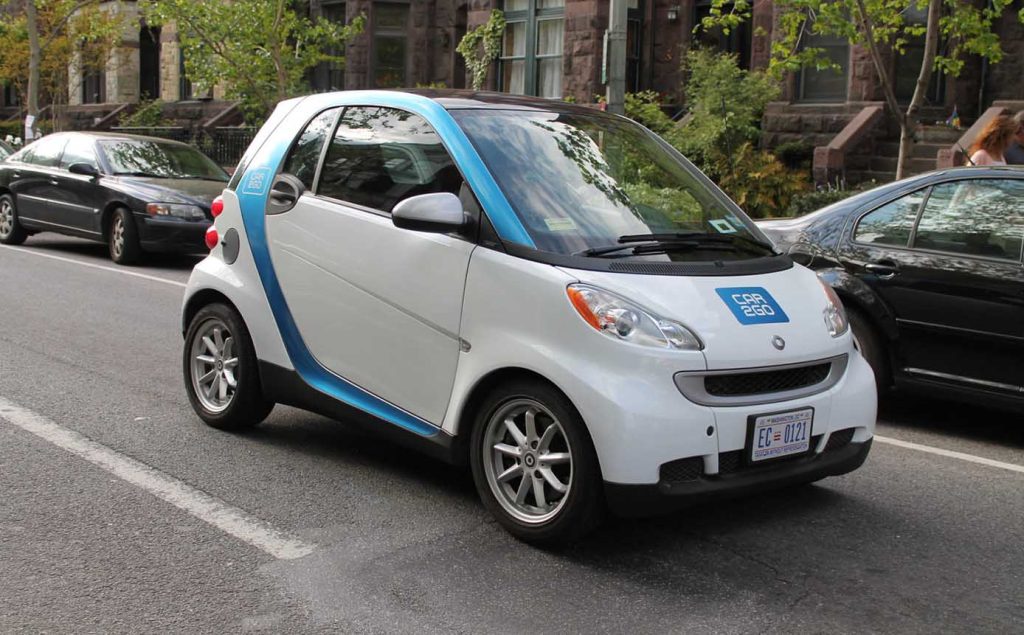
3. Car Shares: Freedom Beyond Downtown
Personal Experience
One autumn morning, I wanted to explore Paul Lake Provincial Park. It’s only about 20 minutes outside Kamloops, but I didn’t have a rental car. Instead, I turned to a local car share option. The freedom of picking up a vehicle for just a few hours gave me the chance to drive out, hike the forest trails, and return by sunset—all without the commitment of a full rental.
Available Options
Kamloops isn’t as saturated with car shares as Vancouver or Calgary, but services like Turo (peer-to-peer car sharing) and local co-ops occasionally offer cars by the hour or day.
Advantages
- Cheaper than Rentals: If you only need a car for a day or two.
- Variety: Sometimes you can even pick unique cars through Turo—perfect for a road trip vibe.
Costs
Expect \$40–\$70 CAD per day, though hourly options may start at \$10–\$15 CAD.
Tips
- Book in Advance: Especially during October weekends, when fall hikes and wine tours are popular.
- Check Insurance: Always verify coverage before driving. Platforms like Turo include options, but it’s worth confirming.
- Use for Regional Trips: Car shares are ideal if you want to visit nearby places like Sun Peaks or Kamloops Lake.
4. E-Scooters: My Favorite Way to Glide Along the River
Personal Experience
There’s something about riding an e-scooter that makes me feel like a kid again. One crisp afternoon in October, I hopped on a shared scooter at Riverside Park. The path curved along the Thompson River, the golden leaves rustled overhead, and the air smelled faintly of woodsmoke from nearby homes. Gliding past joggers and families, I felt both connected to the city and delightfully free.
Availability
Kamloops has embraced shared scooters, especially in central neighborhoods. Companies like Neuron and Bird often operate here, with docking points across downtown and near the university.
Costs
Usually \$1.15 CAD to unlock and about \$0.35 CAD per minute. A 20-minute ride might cost around \$8 CAD.
Safety & Tips
- Wear a Helmet: It’s not always enforced, but I always carry a lightweight travel helmet.
- Watch the Weather: October can bring rain or wet leaves—slippery conditions require caution.
- Follow Rules: Stick to bike lanes and designated paths, not sidewalks.
5. Shared Bikes: A Slower, Scenic Pace
Personal Experience
On one of my longer stays in Kamloops, I used the local shared bikes daily. One of my favorite routes was cycling from downtown, across the Red Bridge, and into the quieter residential streets where locals had already decorated their porches for Halloween. The rhythm of pedaling, combined with the cool October breeze, made me feel like I belonged in the city.
Availability
Bike-sharing stations are often found near transit hubs, Riverside Park, and Thompson Rivers University. Seasonal operations usually run until late October, depending on weather.
Costs
Around \$1–\$2 CAD for unlock, with hourly rates of \$5–\$8 CAD. Daily passes may be available for \$15 CAD.
Tips
- Layer Up: October air can be chilly, especially in the mornings. Gloves make a big difference.
- Plan Scenic Routes: The riverside pathways are the most rewarding for biking.
- Use for Exploration: Perfect for short trips to cafés, murals, or downtown shops.
6. Integrating Shared Transportation with Public Transit
One of the smartest things I’ve learned is that shared mobility works best when combined with buses. Kamloops Transit covers much of the city, but schedules thin out in the evenings. That’s where scooters or ride-hailing fill the gaps.
For example, I once took a bus up to Thompson Rivers University, explored the campus, then grabbed an e-scooter to return downtown along the river. It felt seamless, and it saved me both time and money.
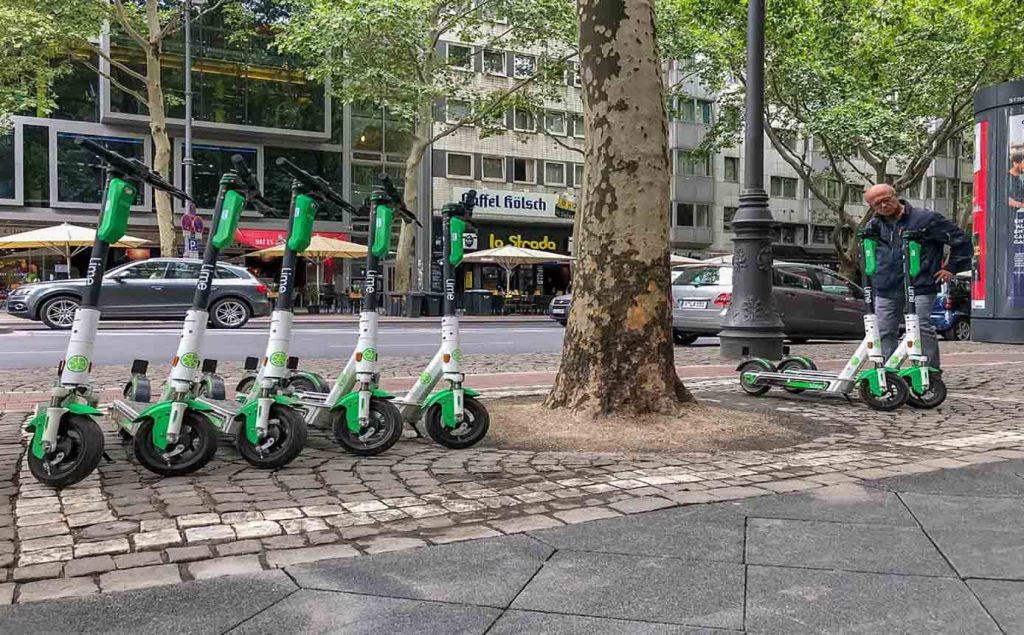
7. Practical Advice for Travelers
Over time, I’ve gathered a list of practical tips that always serve me well:
- Download Apps Before Arrival: Don’t wait until you need them. Uber, Lyft, Neuron, Bird, and Turo are all worth installing.
- Bring a Portable Charger: Shared transportation relies heavily on smartphones; a dead battery can leave you stranded.
- Dress for the Season: October in Kamloops means variable weather—sunny one moment, misty rain the next. Layers are your friend.
- Budget Wisely: Shared rides add up. Plan when to use them strategically (e.g., ride-hailing late at night, bikes for daytime exploring).
- Stay Central if Possible: If you book a hotel downtown—like the Thompson Hotel or Sandman Signature—you’ll have easier access to scooters, bikes, and transit hubs. (For accommodations, I often compare prices on Booking.com Canada, Hotels.com, and Expedia.ca.)
- Plan Around Events: During festivals or Blazers hockey games, both scooters and ride-hailing cars get snapped up quickly.
8. Booking Tools for a Seamless Trip
When I travel, I like to think of transportation as just one piece of the puzzle. Here’s how I usually coordinate everything together:
- Flights: I use Skyscanner Canada or Expedia.ca to find the best deals into Kamloops Airport.
- Hotels: Booking.com Canada and Hotels.com often have central options near transportation hubs.
- Restaurants: For dinner reservations downtown, especially during busy October weekends, OpenTable Canada is a lifesaver.
- Tickets & Tours: I’ve booked winery tours and attraction passes through Viator and GetYourGuide. Pairing these with car shares or scooters has made exploring effortless.
Shared transportation in Kamloops isn’t just about getting from point A to point B—it’s about how those moments in between shape your experience of the city. Riding an e-scooter along the golden riverside in October, sliding into a ride-hailing car after a late-night concert, or pedaling through quiet neighborhoods decorated for fall—all of these small moments have made Kamloops feel alive to me.
Traveling here has taught me that freedom doesn’t always mean renting a car for an entire week. Sometimes freedom is knowing you can walk, ride, scoot, or share your way across the city, adjusting to your mood and the season.
And for me, that’s what makes Kamloops so special: it’s a city that welcomes movement. Whether you’re a student, a visitor on a short layover, or someone like me chasing new experiences, the shared transportation options here open the city up in ways that are both practical and surprisingly memorable.
So next time you arrive in Kamloops, try it. Download the apps, grab a bike, or call that ride. Let your journey through the city be more than just travel—let it be part of the adventure.
